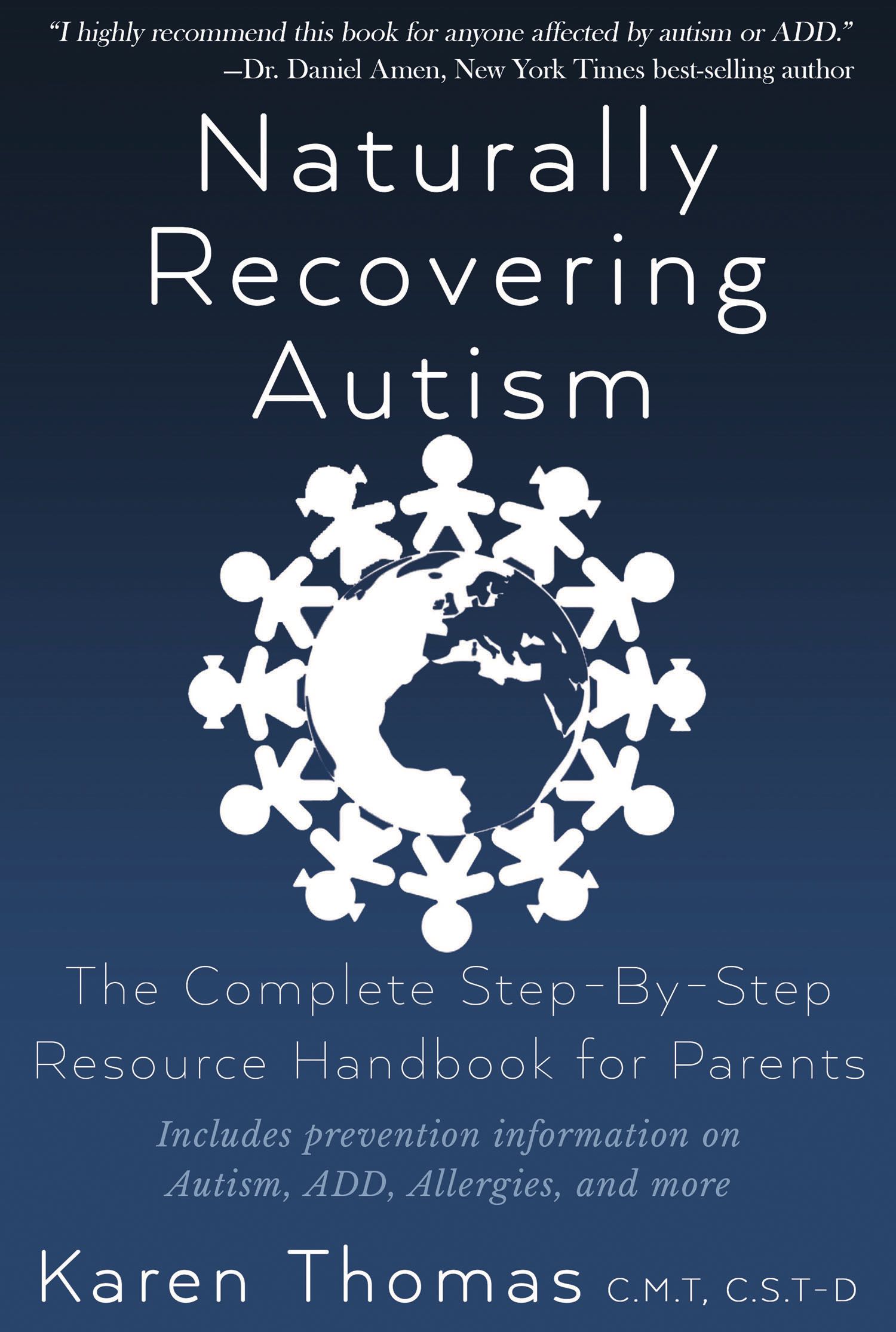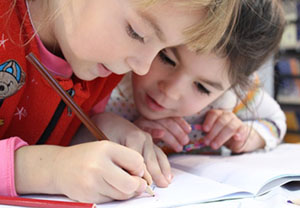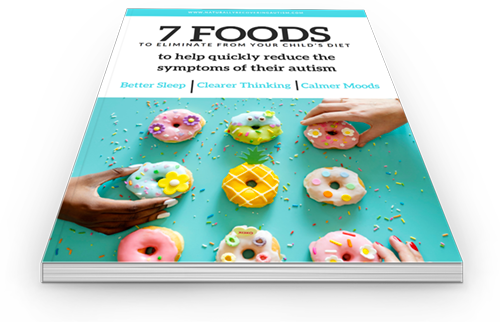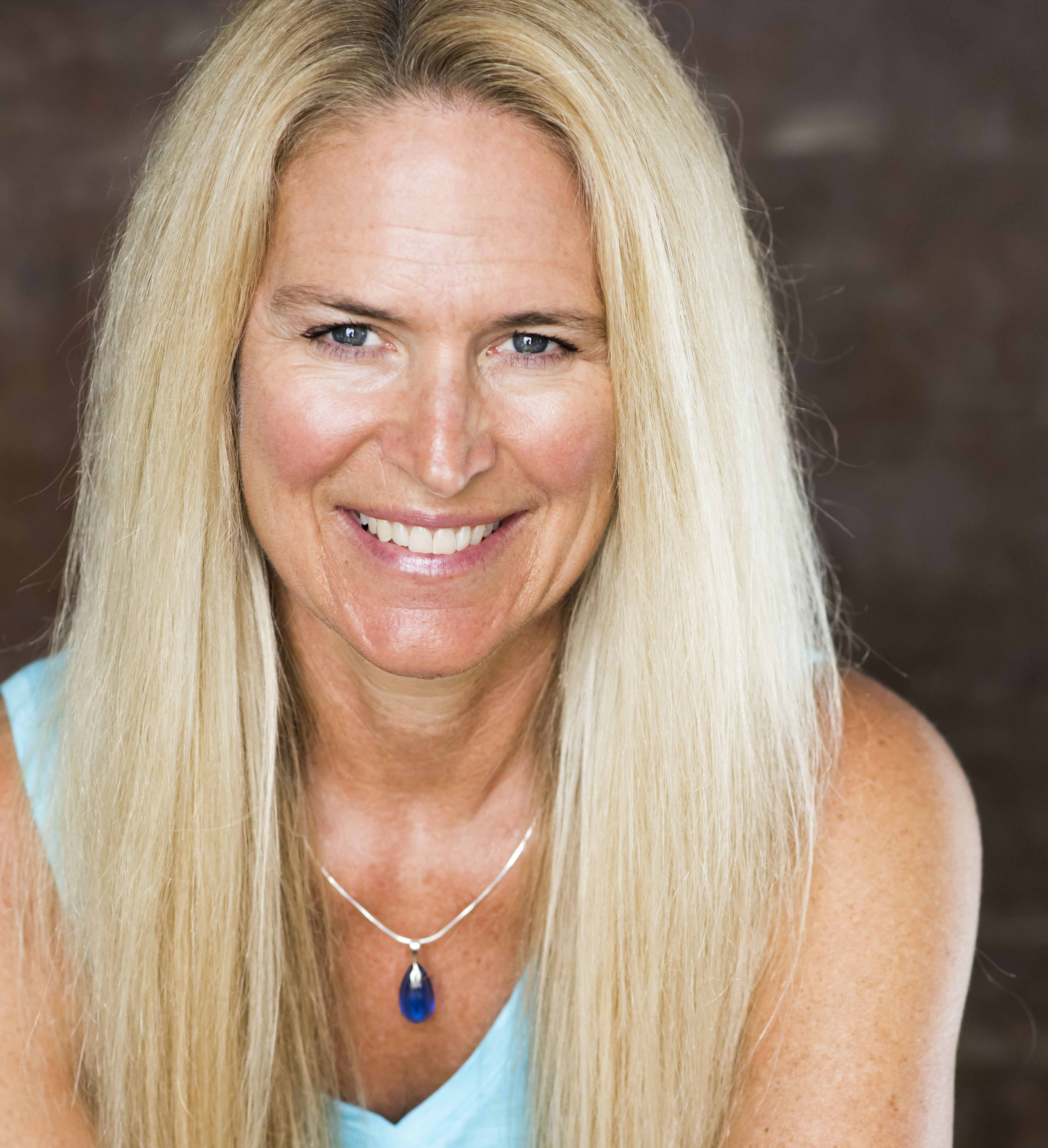WHAT IS AUTISM AND ASPERGER’S SYNDROME?
In case you are new to all of this, and perhaps reading about autism for a friend or loved one, let’s begin with the basics. Generally, the symptoms of autism refer to a difficulty processing emotions and a heightened sensitivity to external stimuli.
Autism is defined as the autism spectrum disorder, or ASD, because the symptoms range in severity from profound disabilities like lack of speech; uncontrollable body movement such as spinning, or head banging; to milder forms like Asperger’s syndrome.
Asperger’s Syndrome is also known as high functioning autism. Those with Asperger’s syndrome commonly have an obsessive interest, high intellectual ability, but lower social awareness. The child may seemingly have a lack of emotion or an inability to love. They do feel emotions and, in fact, are often quite sensitive, but they have an impaired ability to communicate their feelings. Any way you look at it, it is simply a difference in the way the brain is wired.
In 2013, after almost two decades, the American Psychiatric Association decided that the term Asperger’s is to be removed from the psychiatrists’ Diagnostic and Statistical Manual (DSM) of Mental Disorders. The DSM is regarded as one of the most influential references for the psychiatric profession around the world. The term “Asperger’s disorder” will not appear in the DSM-5, the latest revision of the manual. Instead, everyone with symptoms of autism, at any level, will now be put under the newly added umbrella term “autism spectrum disorder.” The “spectrum” is quite broad. Each child has his or her own unique symptoms from very severe to very mild. Dropping the term “Asperger’s” was quite ill received, especially by moms.
The real problem is in its current epidemic-like rise in numbers. In 2000, the CDC established an Autism and Developmental Disabilities Monitoring program (ADDM). In 2002, one in every 150 children was diagnosed with autism. In 2006 the number rose to one in 110. By 2008, the CDC released the current number: one in every 88 children was now diagnosed on the Autism Spectrum. From 2002 to 2008, the number rose 78%! Currently, in 2014, the most recent number released by the CDC is one in 68. An estimate has been made of one in two by 2025!
Symptoms are most often seen after the age of 3. The earliest known diagnosis is 18 months. It can be hard to tell prior to this age. It is four and a half times more prevalent in boys than in girls. One in 42 boys is diagnosed with an Autism Spectrum Disorder verses one in every 189 girls.
Some children that are diagnosed on the Autism Spectrum are properly treated and no longer exhibit symptoms. This website and my book, Naturally Recovering Autism: The Complete Step-By-Step Resource Handbook for Parents helps you take a look at what’s going on and what can be done to reduce or remove the symptoms, naturally.
Join our Free Autism Recovery Workshop, The 4 Stages to Naturally Recover from the Symptoms of Autism. Stage 1: Healing the gut, Stage 2: Natural heavy metal detoxification, Stage 3: Clearing the Co-infections, Stage 4: Brain support and repair. Reserve your online seat here.
Help your child get the optimum results in Karen’s step-by-step online program, The Autism Moms Mentor, working to improve the biological health aspects for better focus and concentration, improved sleep, calmer moods, and a lot more. Already in over 35 countries, this program offers you the natural resources I used to recover my own son. It is unique in that it walks you through not only gut healing and detoxification, but also the co-infections often left out of a recovery program. It also includes additional components such as muscle testing and emotional clearing to empower you to get the best possible outcome with support from a mom who has done it!
Follow me on Facebook!











